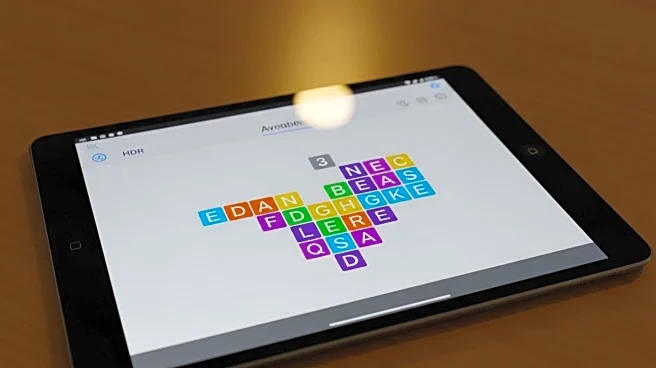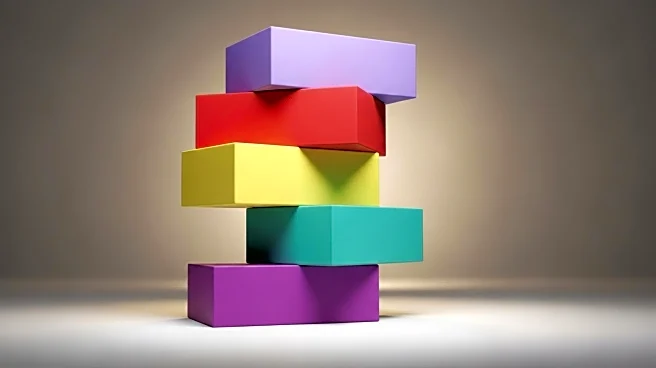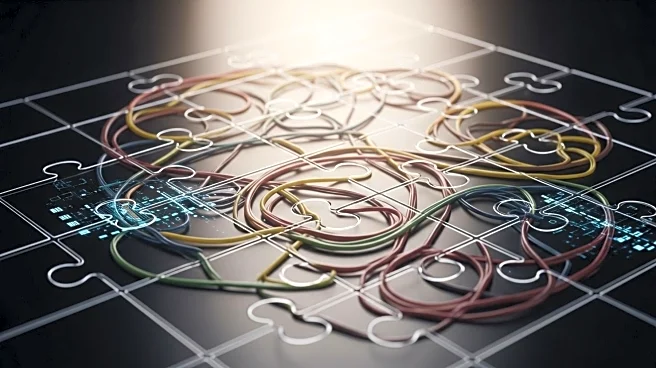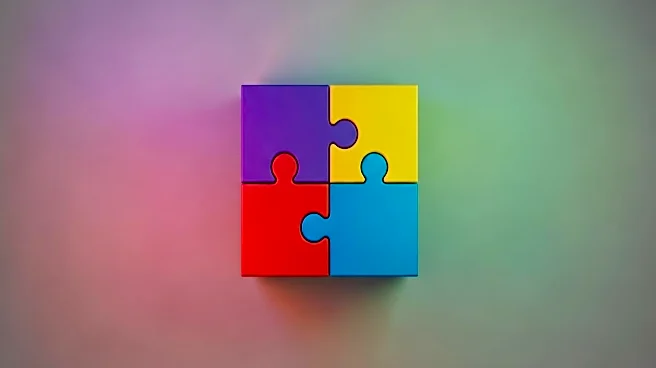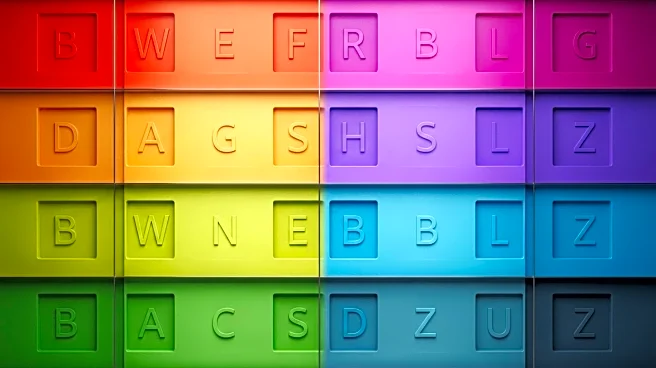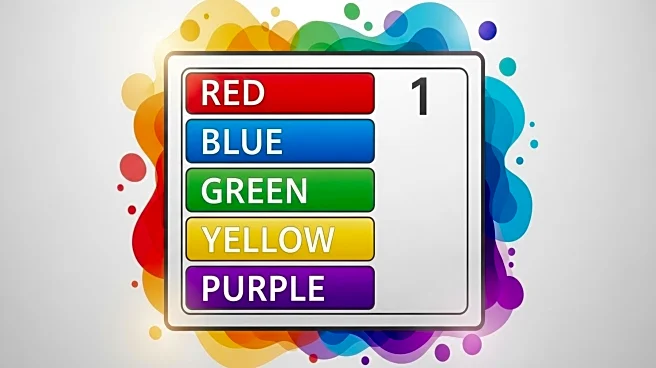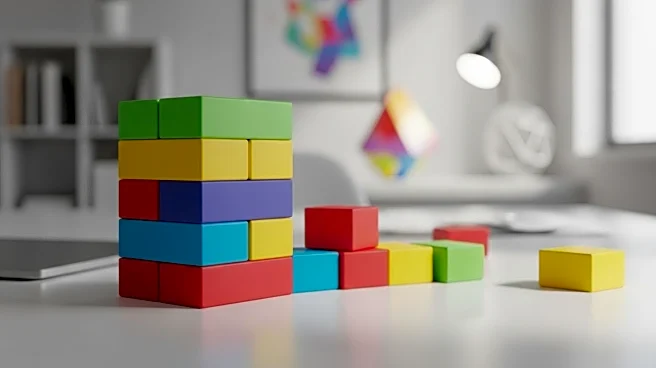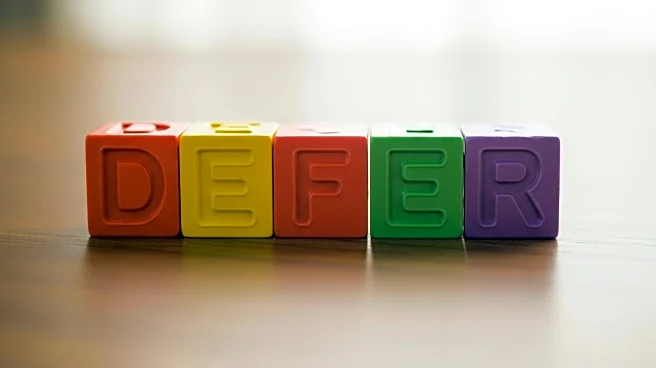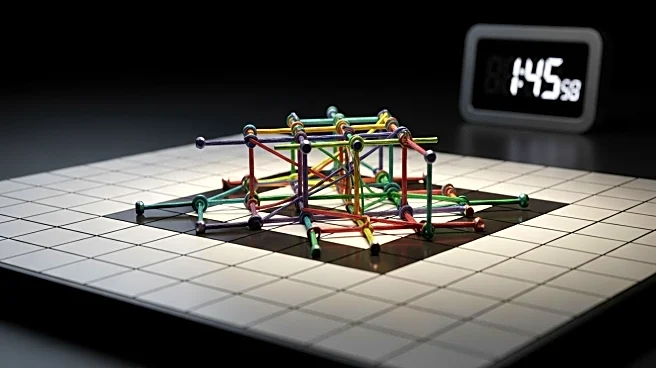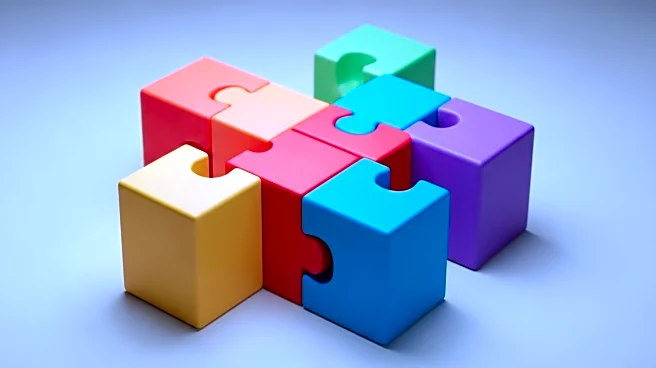What is the story about?
What's Happening?
CNET has released hints and the answer for the New York Times Wordle puzzle #1558, dated September 24. The puzzle, which is part of a popular daily word game, challenges players to guess a five-letter word. For this particular puzzle, the word 'BLUNT' is the answer. CNET offers several hints to assist players, such as noting that the word contains no repeated letters, has one vowel, and begins with the letter 'B'. Additionally, the word can describe a person who is straightforward or something that is not sharp. The article also provides a recap of previous Wordle answers, including 'MOUTH' for September 23.
Why It's Important?
Wordle has become a cultural phenomenon, engaging millions of players worldwide with its simple yet challenging format. The game's popularity has led to a community of players who eagerly await each day's puzzle and share their results on social media. CNET's provision of hints and answers caters to this audience, offering assistance to those who may struggle with the daily challenge. This service not only enhances player engagement but also drives traffic to CNET's platform, showcasing the intersection of entertainment and digital media.
What's Next?
As Wordle continues to captivate audiences, media outlets like CNET are likely to maintain or expand their coverage of the game. This could include more detailed analyses, strategy guides, or community features that further engage the Wordle fanbase. Additionally, the ongoing popularity of Wordle may inspire similar games or adaptations, potentially leading to new trends in online gaming and puzzle-solving.
Beyond the Headlines
The rise of Wordle highlights the growing trend of digital puzzles and games as a form of daily mental exercise and entertainment. It reflects a shift in how people engage with media, seeking interactive and participatory experiences. This trend may influence future developments in digital content, encouraging more interactive and community-driven platforms.
AI Generated Content
Do you find this article useful?
